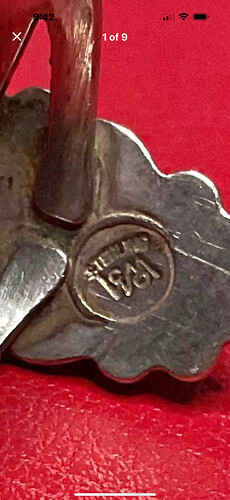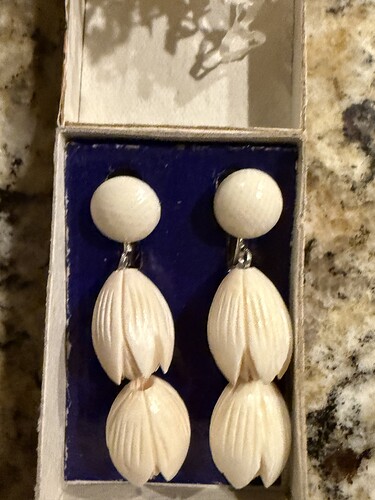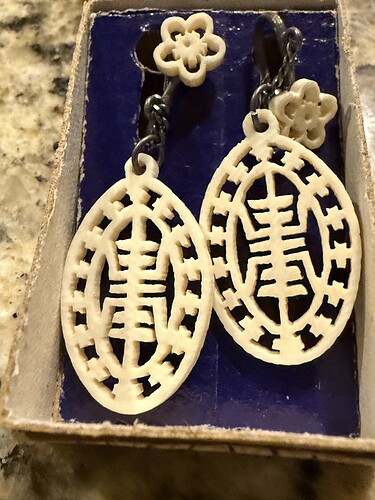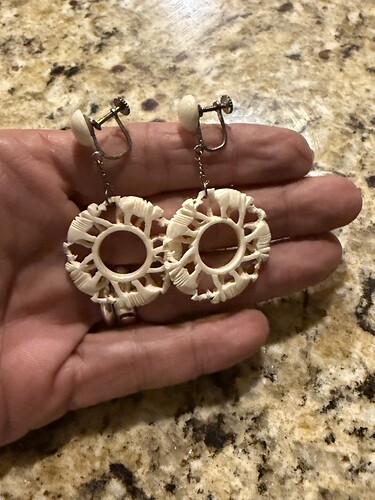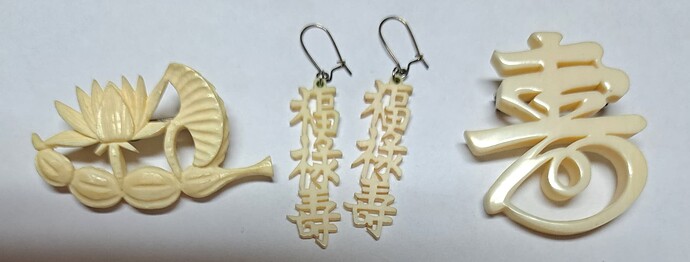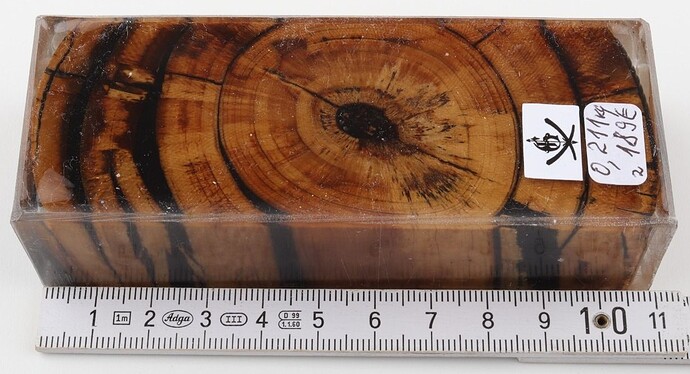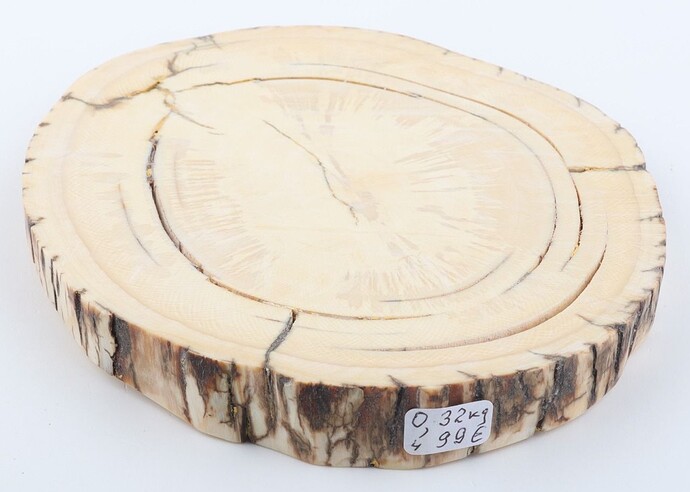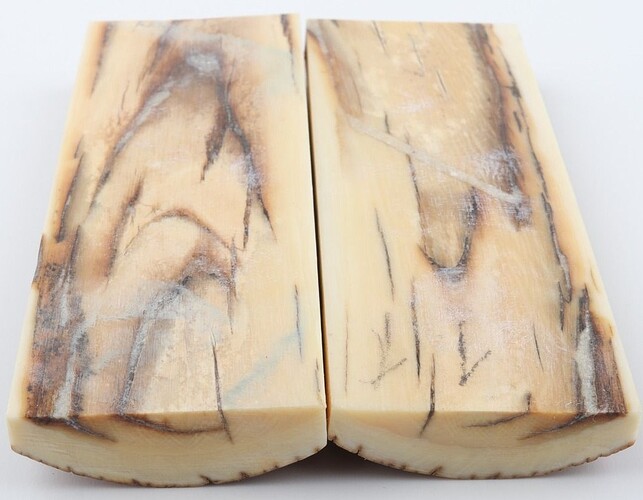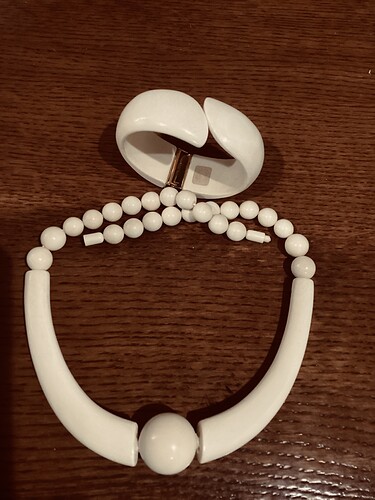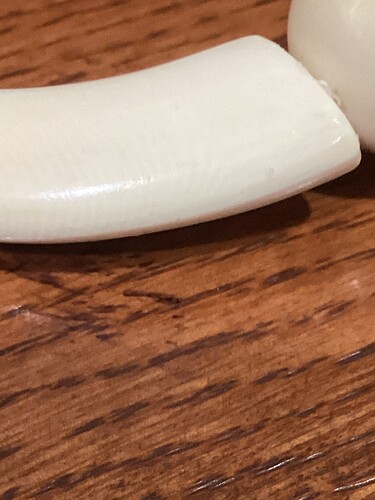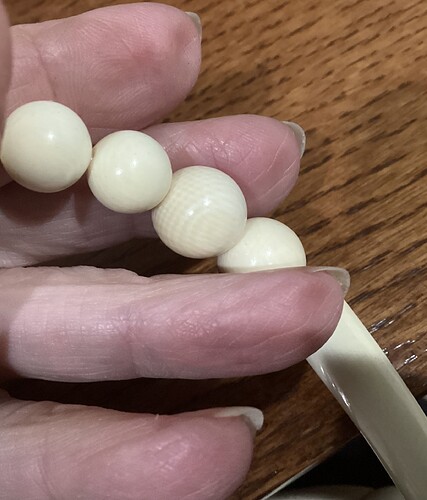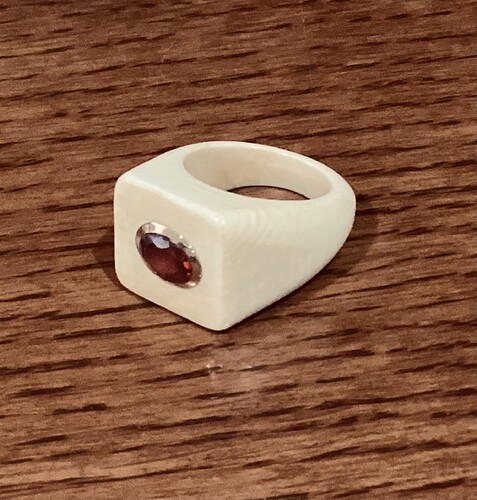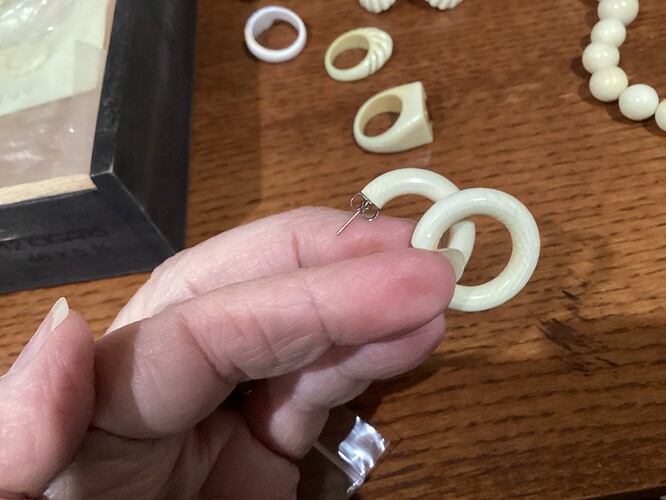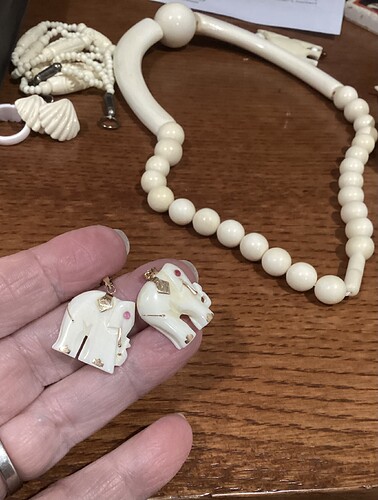I’m a native American jewelry freak. I have a couple of pieces I can’t identify and I am curious if anyone knows what to do with elephant tusk earrings since they are I guess illegal to have.
@Curiousgeorge Hi & Welcome! Is the 1st photo the back of a ring? The 3 pairs of earrings - please help me to understand why you consider these to be elephant tusks. Asking because I have some similar looking jewelry but, mine aren’t elephant tusks.
The top earrings are nice quality Hawaiian carved elephant ivory Pikaki beads. You can see the schreger lines. The others look like commercial grade oriental carved bone.
And no, it’s not illegal to own ivory. The ban is on the sale of ivory. That being said, I still see it for sale at auction.
@StevesTrail What’s your assessment of these items? Thx.
Looks to me like bone, bone, phenolic resin or other dense plastic. I can’t see any lines but it could be the lighting. Look at it close up.
@StevesTrail The last one is definitely some form of plastic/resin. I presumed they were all plastic costume jewelry. Each is as light as a feather. Thank you for the information.
Ticks me off people are still selling it.
Those are lovely, so graceful. Are they Japanese (or Chinese) letters/symbols?
The first one could be ivory. Look here to understand the difference between elephant and mammoth ivory - the angle of the Schreger lines is different, that’s easy to see when in hands.
(go to chapter Mammoth and Elephant Ivory)
This is some of my mammoth ivory, look at the lines, sorry don’t have better photos on my phone
And the Kanji characters are both Chinese and Japanese, but in this combination it’s Chinese text. There are two Kanji character sets, traditional and simplified Chinese, for example the Japanese and in Hong Kong, they use the traditional characters. While modern Mandarin is mostly using the simplified characters. So there are many types of “Chinese writing systems”.
What annoys me is the senseless killing to obtain something no one needs. When I hunted years ago we were brought up that you ate what you killed. No trophy killing.
And sorry guys but you really can’t measure your manhood by your hunting “skills” until what you hunt has the ability to shoot back.
@StevesTrail @gt75 Thank you for your insight and information. The 3rd pin in my photo looks just like Arvorin.
Thanks, @gt75, very interesting! I had no clue.
I agree with you.
I would keep old elephant ivory if someone inherited it to me.
I would not buy any elephant ivory.
Mammoth ivory is fine, those guys are long dead, woolly mammoths have lived about 4300 to 800,000 years ago, my stuff is about 40,000 years old. Other mammoth types even earlier, very rare to get their ivory.
Found what I was looking for.
Forget the text and focus on the photos. Very easy to distinguish between mammoth and elephant.
Left elephant, center mammoth, right mastodon.
why?
plus some more letters
Thank you to @gt75 for the information, the article about identifying different types of ivory was great…the best I’ve read. That said I’ve been hesitant about sharing these pieces due to the obvious sensitivity about the subject of elephant ivory. Years ago a friend was selling her grandmother’s jewelry (including NA, thus my interest). Anyway she had a lot of ivory jewelry. She knew she could not sell it, but wanted to”get rid” of everything, so it was given to me. From my limited knowledge I’m thinking a lot of this is elephant ivory, from the Schroeder lines. I’m only posting the pieces I think are actually elephant, some of these are fairly large (I think the elephant earrings, although well done, are sad). I’d appreciate opinions since I’m clueless🥴
There are other pieces too, but enough is enough😬
I’m in agreement with the sediments posted by @Ziacat, @Steve, etc, but what do I do with this stuff if it is indeed elephant. I’d give it to a collector…My husband says to have it appraised and donate it for a tax deduction😆.
You really need me to answer that? Elephants are endangered, and poaching is one of the major threats to their existence. When illegal poached parts or things made from the parts are sold, it only serves to increase the desirability for these animals to be killed.
Not to disagree with you @Ziacat, I agree completely with your sediment. But the other side of the coin is the question about what to do with these interesting and frequently beautiful pieces of art? Wish there was a way to sell authenticated antique/vintage pieces. Of course beauty is in the eye of the beholder; some feel anything produced from parts, however old, of endangered animals is not worth preserving. What concerns me is not only the endangered status, but the animal cruelty. I have no problem with antique ivory or using ivory harvested only from deceased elephants, but I don’t see how that can be enforced.
For what it’s worth, the law on commerce. It differs for antique ivory (as legally specified and verified) and for Asian vs. African ivory.
https://www.fws.gov/frequently-asked-questions-about-elephant-ivory
@Bmpdvm I was in a position recently of having to ship, interstate, antique ivory as a donation/gift. The laws on interstate commerce concerning ivory required that (1) it was a proven antique and (2) it was not a commercial transaction, meaning no benefit to me in goods or services.
I don’t know if asking for or requiring a tax benefit as a donor would violate the noncommercial requirement.
